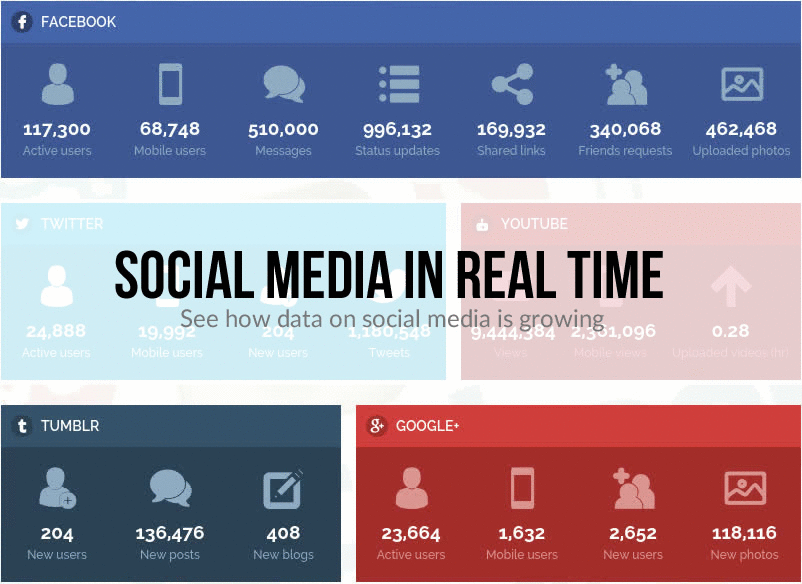As a sales technique, cold calling can be a pretty hit and miss affair. When not performed properly, calling a list of numbers, even if they are established leads, can be a scattergun approach that can be both unpopular and ineffective. However, quite often, salespeople and sales managers are not helping themselves by taking the wrong approach and making what can already be a difficult method of selling even harder. Correctly done, cold calling can be an effective sales technique, but just like any form of selling it requires skill, techniques and the right approach. Done incorrectly, and cold calling can be perceived as rude, intrusive and too impersonal.
Calculating the cost
Cold calling can be expensive, especially for businesses that have large call centres where dozens of people are going through the phone book and calling thousands of numbers a day. According to the Direct Marketing Association, even those companies that are good at it rarely have success rates higher than 5 percent. However, for those less proficient, the cost of phone calls alone could be astronomical and make cold calling as a sale endeavour pointless. Of course, cheap landline deals and lower tariffs during the evening can help save money, but even then, with only a couple out of 100 calls turning into a potential sale, this could still mean a company could be spending more on phone calls, paying staff and keeping the lights on than they are making in sales. This is one of the reasons that many businesses that rely solely on cold calling for their income, such as double glazing companies, have a reputation for being risky enterprises. However, by taking a more planned approach, you can maximise the potential success rate, and make the cold calling far more cost effective.
Timing
The thing about cold calling, particularly on the telephone as opposed to personal face-to-face canvassing, is that you never know if it is a potentially a good time to be approaching your intended customer. Somebody could be in the bath or otherwise preoccupied when you call. With cold calling, timing can be everything. When calling a business, making contact at lunchtime when somebody might be eating their sandwiches or calling late in the day, when people are getting ready to go home, is going to reduce the chance of making a sale. The same is true of domestic cold calling. Many cold callers prefer the evening when people are more likely to be home from work. However, this can often be a time when people are busy, preparing dinner or putting children to bed,
If it does turn out to be a bad time, simply trying to batter your way through with your sales pitch will get you nowhere. A good salesperson can learn to identify that it is an inopportune moment and switch the purpose of the original call from attempting to sell, to arranging an appointment to phone back at more suitable time.
The opening
The opening is by far the most important aspect of a cold call. It is within the first few seconds that you can either intrigue potential customers or completely alienate them, and if it is the latter, there is nothing you can subsequently do to change the situation. Many cold calling companies use scripts for their salespeople, and while these have their advantages, not all salespeople are great actors and so can’t be expected to sound natural or even human when reading a script or repeating well-rehearsed words. Either they sound as if they are reading, or they speak so fast it can be both difficult to comprehend or make them sound like a robot.
Sounding human, professional and warm, as if you are calling a colleague for chat rather than bombarding somebody with your sale’s pitch is by far a better approach. However, some cold callers go too far the other way and start trying to be too personal, such as asking how somebody is that day or evening. People see right through this. Nobody believes somebody on the end of the phone that they have never met is going to have any real interest in their health or wellbeing, so keeping it professional, saying good morning/afternoon/evening and introducing yourself is by far a better approach than trying to soft soap somebody.
The pitch
Once you have introduced yourself, you can start your pitch. While everybody has their own techniques and methods of explaining what they are selling or calling about one key ingredient is always essential: to the point quickly and succinctly. It may well be that the person on the other end of the phone will be interested in what you are selling, but by taking to long to get to the point, you risk frustrating them, especially if they are busy.
Another aspect of cold calling to understand is identifying when it is time to quit. While tenacity and perseverance can pay off, identifying a lost cause will save you from wasting your time. For instance, if you are selling double glazing and the person on the other end of the phone tells you they have had their windows done only six months earlier, there is nothing you can say, and no discount you can offer them that will entice them to buy.
As with all aspects of sales, cold calling is a skill that has to be learned and practiced. Perhaps the most important method of increasing the chance of success is to try new pitches and openings, and seeing what works and what doesn’t work for you. You have more chance at success by developing techniques based on your own personal experience rather than on some handed-down dogma that may be effective for one salesperson but not for another.

No comments:
Post a Comment